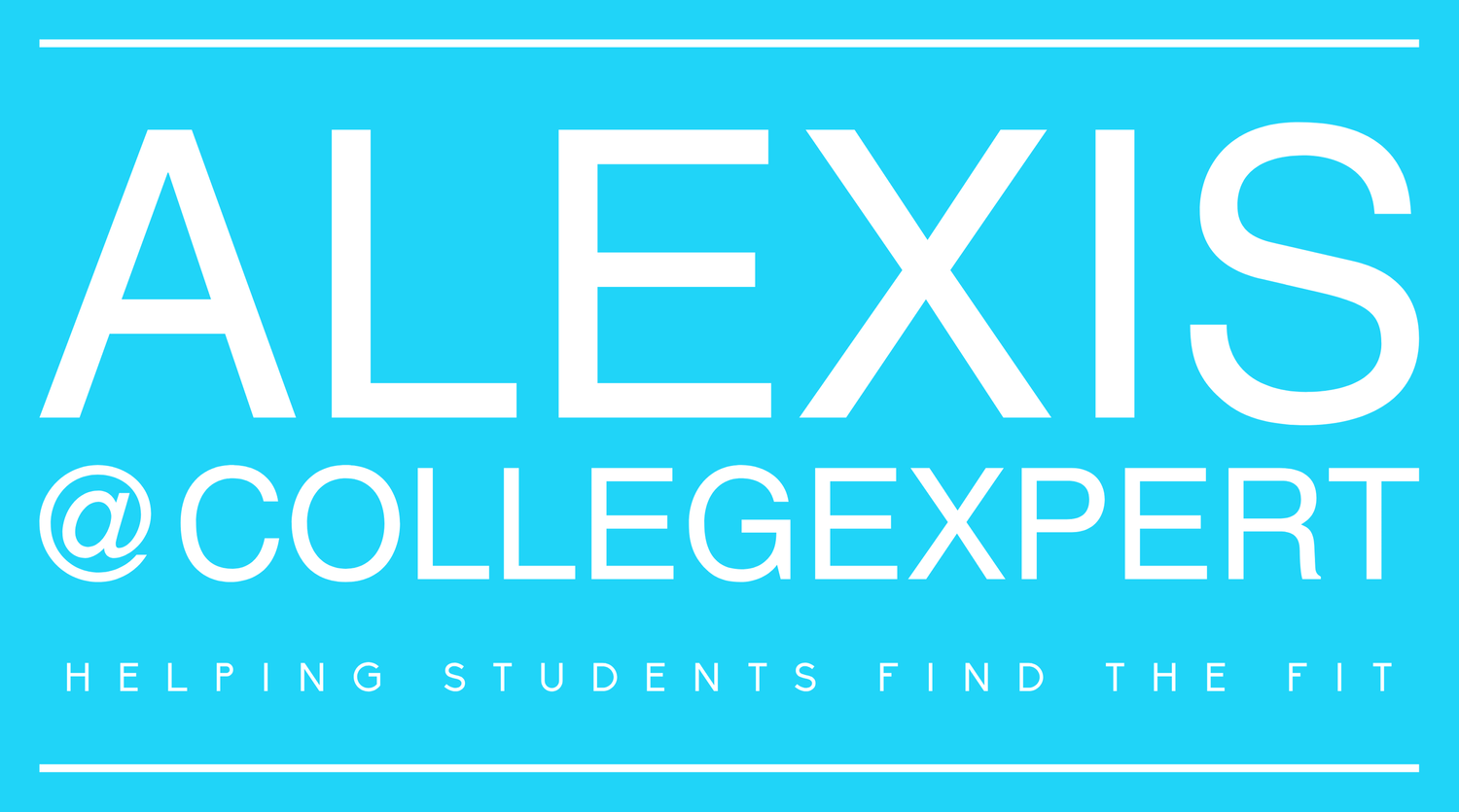Direct Admissions Explained: Getting Into College Without Applying
You've probably heard about the traditional college application process with its essays, fees, and stress. But what if you could bypass all that?
Direct admissions offers exactly this possibility—acceptance to college without submitting an application. Schools review your existing academic credentials and proactively invite you to attend. This increasingly popular approach is changing how students access higher education, especially for those facing traditional barriers to college.
What makes this streamlined path so attractive to both institutions and students?
Key Takeaways
Direct admissions proactively notifies qualified students of guaranteed college acceptance based primarily on GPA, without requiring traditional applications.
Students can skip application fees and essays initially, only submitting supplementary materials after confirming interest in the offered admission.
Academic criteria typically focus on GPA thresholds (3.0-4.0) with many institutions adopting test-optional policies for standardized tests.
This streamlined approach particularly benefits first-generation and underrepresented students by removing application barriers and connecting them with financial aid.
Colleges use direct admissions to diversify student populations, boost enrollment, and help students receive earlier confirmation of their college options.
What Is Direct Admissions and Why Does It Matter?
While many students find the traditional college application process anxiety-inducing and complex, direct admissions offers a revitalizing straightforward alternative. This approach guarantees admission to qualified applicants who meet specific criteria without going through competitive selection.
You'll appreciate the admissions transparency, as colleges clearly outline requirements—typically your GPA, test scores, and sometimes class rank—making it easier to predict acceptance.
Direct admissions matters because it reduces your stress around college decisions while increasing access for underserved communities. This innovative approach actively creates diverse student bodies by removing barriers that traditionally disadvantage certain populations. You'll benefit from a streamlined process that saves both time and money. Direct admissions helps institutions respond quickly to top-tier prospective students, securing their commitments before competitors can intervene.
Colleges improve college engagement by reaching out to students directly, rather than waiting for applications. The system creates predictability for both you and institutions, potentially offering additional perks like priority registration, guaranteed housing, or even merit scholarships.
The Step-by-Step Process of Direct College Acceptance
Unlike the traditional admissions process that places the burden on you to seek out schools, direct college acceptance begins when institutions proactively identify and notify qualified students of their eligibility.
You'll typically receive eligibility notifications during your senior year, with your GPA serving as the primary qualifying factor.
The admissions timeline is remarkably streamlined—you won't need to submit application fees, teacher recommendations, standardized test scores, or essays initially.
Instead, after receiving your notification, you'll simply confirm your interest and submit any supplementary materials required to finalize your acceptance.
This process offers flexibility, allowing you to pursue direct admissions while still applying to other schools through traditional channels.
Many programs aim to provide clear and predictable outcomes for students who meet specific academic benchmarks.
As these programs expand across states and through platforms like Common App, college access is becoming increasingly straightforward.
Key Criteria Schools Use for Direct Admission Offers
Although direct admissions simplifies the college application process, schools still rely on specific criteria to determine which students receive these proactive offers.
Most institutions prioritize academic achievement, with GPA thresholds typically ranging from 3.0 to 4.0, often targeting students in the top 10-30% of their class. Some states, like Texas, guarantee admission based on class rank alone.
SAT requirements vary by institution, with some schools waiving additional application components for students with high scores. Many colleges like Boise State University offer automatic admission to in-state students meeting minimum GPA requirements. Maintaining strong grades is essential, as it heavily influences admissions decisions.
However, a growing number of programs have adopted test-optional policies, focusing instead on your coursework rigor and GPA. College preparatory curriculum completion is standard, while participation in AP, IB, or dual enrollment courses strengthens your candidacy.
Some schools also consider extracurricular activities, demonstrated interest, and special circumstances like first-generation status. Both Common App and state partnerships identify eligible low- and middle-income students for their direct admissions programs.
Do you need help with the College Application Process?
Sign up for one of our live Zoom workshops. We can help make the application process easier!
Benefits for First-Generation and Underrepresented Students
Direct admissions programs offer remarkable advantages for first-generation and underrepresented students, addressing many barriers that have traditionally limited college access.
You'll find the simplified process eliminates intimidating requirements like lengthy essays and complex forms that often discourage participation.
Research shows these programs boost application motivation among first-generation students by 4 percentage points and underrepresented minorities by 3-6 percentage points.
The diversity impact is significant—Black, Hispanic, Latino, and first-generation students respond most positively to these offers, especially from larger, higher-quality institutions.
Direct admissions also increase FAFSA completion rates, helping you access crucial financial aid without maneuvering complicated procedures.
This approach promotes diversity without conflicting with affirmative action restrictions, creating more equitable pathways to higher education for students historically excluded from traditional college recruitment efforts. Furthermore, these programs often align with application deadlines that facilitate timely enrollment and financial planning.
How Direct Admissions Differs From Traditional Applications
While traditional college applications require you to gather numerous materials and submit them to institutions, the direct admissions model completely reverses this approach. Instead of you seeking out colleges, they find you based solely on your academic metrics like GPA and test scores.
The difference is striking with regard to application complexity. You won't need to write essays, secure recommendation letters, or pay application fees. This streamlines what's typically a stressful, multi-step process into a simple decision to accept or decline an offer.
Admission timelines also shift dramatically. Rather than waiting anxiously during senior year for decisions, you might receive direct admission offers as early as junior year, giving you more time to plan your future without the last-minute pressure of traditional application cycles.
Financial Advantages and Scholarship Opportunities
Beyond making college admissions easier, the financial benefits of direct admissions can greatly reduce the cost burden for students and families.
You'll save on application fees, test prep costs, and expenses related to multiple transcript submissions. These programs often provide early notification of financial aid packages, increasing your scholarship awareness and giving you more time to compare offers and plan accordingly.
Many direct admission programs automatically consider you for institutional scholarships
Schools can identify and guide you toward financial aid opportunities earlier
You'll receive timely reminders about FAFSA deadlines, improving financial literacy
Early admission secures your access to merit-based scholarships with strict deadlines
Additionally, students can benefit from state financial aid programs, which further enhance funding opportunities and reduce financial strain.
For underrepresented students, these advantages help lower financial barriers, though affordability gaps may still require additional planning.
Limitations and Potential Drawbacks to Consider
Despite their many advantages, direct admissions programs come with several significant limitations you should carefully consider. Admissions rigidity often means predetermined academic benchmarks with little consideration for extracurricular activities, leadership qualities, or personal attributes. Students facing challenges may be excluded despite showing resilience or potential.
You'll also encounter personalization gaps throughout the process. With fewer opportunities for interviews or essays, you lose chances to explain unique circumstances or demonstrate qualities beyond grades. This streamlined approach weakens the connection between you and the institution.
Additionally, these programs might lock you into specific majors early, limiting academic exploration. If your interests change, you may face difficulties switching paths.
Data limitations can also affect fairness, especially at smaller schools with less robust information systems. Working with a college admissions counselor can help mitigate some of these challenges by providing personalized guidance.
How Schools and Students Are Embracing This Growing Trend
As direct admissions programs gain momentum in higher education, both institutions and students are revealing innovative ways to leverage this streamlined approach.
You'll find colleges using this strategy to diversify their student bodies while applicants experience less stress during the college selection process.
Students report reduced anxiety when receiving guaranteed admission offers before even applying
Institutions implement targeted outreach to attract applicants who might otherwise overlook their schools
Educational consultants help students build more balanced college lists featuring direct admission options
Both public and private colleges use institutional strategies to boost enrollment through simplified pathways
This win-win approach allows schools to manage enrollment more effectively while giving you earlier confirmation of your options, transforming student perceptions about college accessibility.
Are you trying to get into your dream college but feeling a bit lost? Don't worry, I’m here to help you make it happen! Let's work together to make your college dreams come true!
Enroll in my exclusive College Bound Online Course and unlock the insider secrets to make your dream college a reality.
Sign up now and pave your path to success! 🚀
Direct Admissions Explained
Direct admissions is reshaping college access by eliminating traditional barriers. You'll benefit from reduced stress, lower costs, and simplified processes. While not perfect for every student, this approach opens doors, especially for underrepresented groups. As more institutions adopt direct admissions, you're entering college during a transformative period that values your academic achievements over application skills. Consider this option as you chart your educational path.







